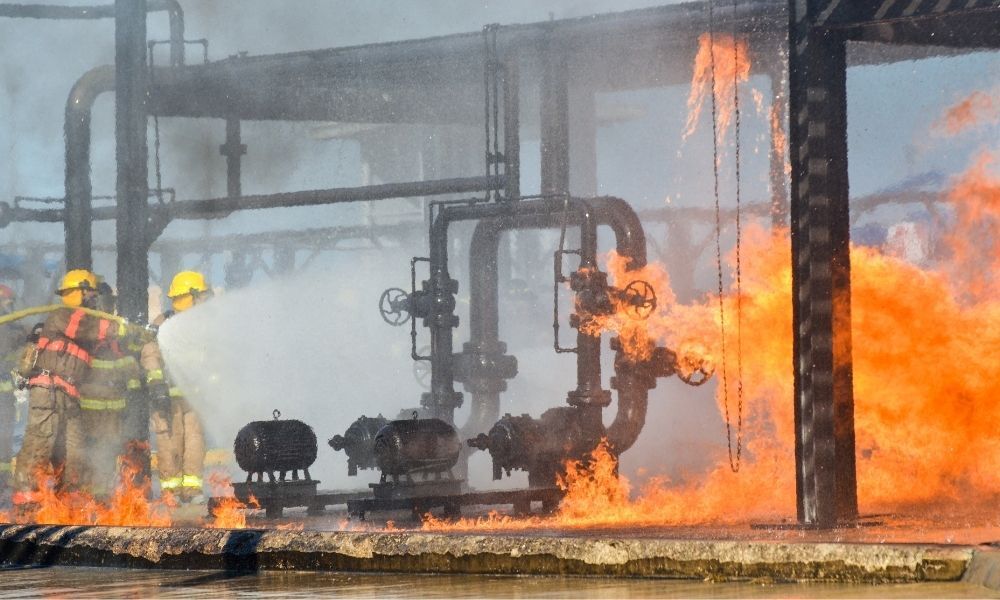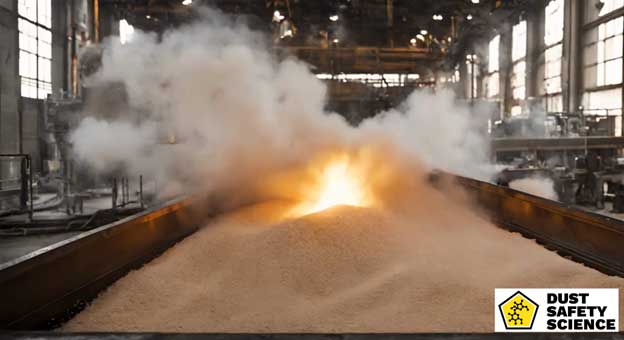Explosive atmospheres, whether from gases, vapors, or dust, require specialized equipment to prevent catastrophic ignition. The ATEX Directive (EU 2014/34) categorizes these hazardous areas into zones and specifies which equipment can be safely used in each. Here’s a simplified guide to how this classification works.
ATEX Zones for Gases, Vapors, and Mists
| Zone | Risk Level | Description | Equipment Category |
|---|---|---|---|
| Zone 0 | Highest | Explosive atmosphere present continuously or for long periods. | Category 1G |
| Zone 1 | High | Explosive atmosphere likely to occur occasionally during normal operation. | Category 2G |
| Zone 2 | Moderate | Explosive atmosphere unlikely but possible for short periods. | Category 3G |
Example: Oil refineries or chemical plants where flammable gases may leak.

ATEX Zones for Dust
| Zone | Risk Level | Description | Equipment Category |
|---|---|---|---|
| Zone 20 | Highest | Combustible dust clouds present continuously or frequently. | Category 1D |
| Zone 21 | High | Dust clouds likely to occur occasionally. | Category 2D |
| Zone 22 | Moderate | Dust clouds unlikely but possible briefly. | Category 3D |
Example: Grain silos or flour mills where dust accumulates.

Equipment Categories
-
Category 1 (1G/1D): Highest protection for Zones 0/20.
-
Category 2 (2G/2D): High protection for Zones 1/21.
-
Category 3 (3G/3D): Standard protection for Zones 2/22.
Why Compliance Matters
-
Safety: Prevents ignition sources in explosive environments34.
-
Legal Requirement: Mandatory under EU law for workplaces in hazardous zones36.
-
Certification: Equipment must display CE and EX marks to confirm ATEX compliance46.
Key ATEX Directives
-
ATEX 2014/34/EU: Governs equipment design and certification.
-
ATEX 1999/92/EC: Focuses on employer responsibilities for workplace safety34.
Practical Example
In a Zone 1 gas environment (e.g., a petrochemical plant), only Category 2G equipment can be used. Using lower-category gear here risks ignition and violates safety regulations.
By matching equipment to the correct zone, industries like oil & gas, mining, and pharmaceuticals ensure safety and compliance. Always verify your equipment’s ATEX certification before deployment


















